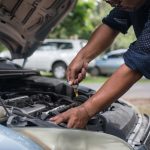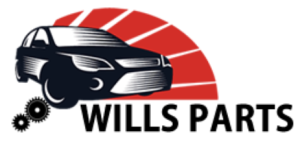Cleaning and Maintaining Car Battery Terminals for Optimal Performance
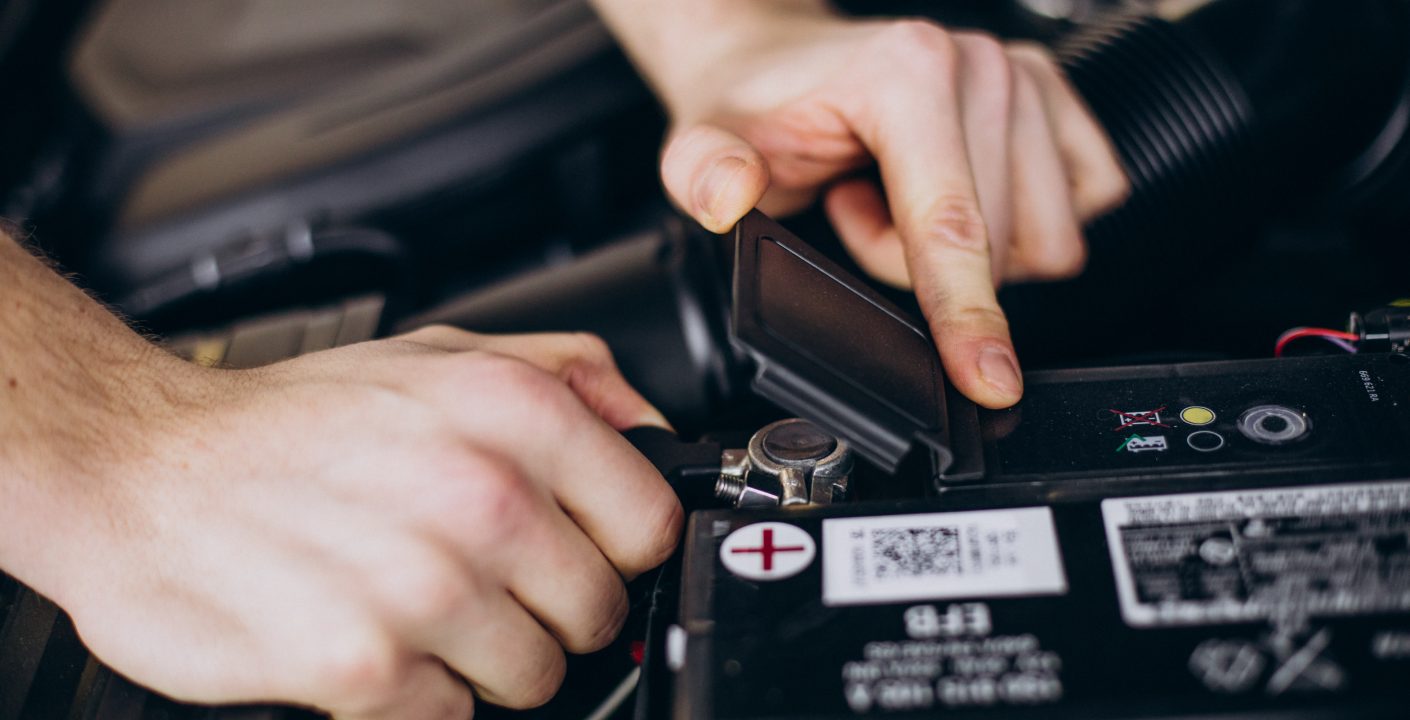
Your car’s battery is the heart of its electrical system, supplying the power required to start the engine and run various components. Maintaining clean and corrosion-free terminals is an important part of ensuring your battery performs optimally. In this article, we will discuss the necessity of cleaning and maintaining car battery terminals, as well as step-by-step processes and important advice for keeping your vehicle running smoothly.
Why Clean Car Battery Terminals?
Optimal Performance:
Dirty or corroded battery terminals can reduce the flow of electricity, resulting in poor performance and problems starting your vehicle. Regular cleaning provides a reliable connection and effective power transfer.
Extended Battery Life:
Corrosion on terminals can accelerate the wear and tear of your battery. By keeping the terminals clean, you may extend the life of your battery and avoid premature battery replacement.
Prevention of Electrical Issues:
Corrosion can produce electrical resistance, resulting in problems with your vehicle’s electrical components. Cleaning terminals prevents electrical problems and ensures that lights, sensors, and other electrical equipment run smoothly.
Step-by-Step Guide to Cleaning Car Battery Terminals:
Materials Needed:
-
Baking soda
- Water
- Wire brush or battery terminal cleaner tool
- Adjustable wrench or battery pliers
- Corrosion inhibitor spray
- Protective gloves and safety glasses
Procedure:
Before you start, ensure the vehicle is turned off, and you are wearing protective gloves and safety glasses to prevent any contact with corrosive items.
Disconnect the Battery:
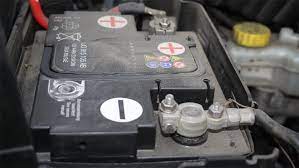
Start by loosening and removing the negative (-) terminal using an adjustable wrench or battery pliers. Proceed by removing the positive (+) terminal. This prevents accidental short circuits during cleaning.
Mix Baking Soda Solution:
In a container, mix a solution of baking soda and water. Use 1-2 teaspoons of baking soda per cup of water. This solution helps to neutralize acid and dissolve corrosion.
Clean the Terminals:
Dip the wire brush or battery terminal cleaner tool into the baking soda solution and thoroughly clean the battery terminals. Pay special attention to places that are heavily corroded. Ensure that the whole terminal is clean and free of any residue.
Clean Battery Cable Ends:
Clean the cable ends to remove any rust or dirt. Trim any frayed or broken strands from the cable.
Rinse with Water:
After cleaning, thoroughly rinse the terminals and cable ends with clean water to remove any remaining baking soda solution.
Dry Thoroughly:
Allow the terminals and cable ends to fully dry before reconnecting the battery. You can speed up the drying process by using a clean, dry cloth or compressed air.
Apply Corrosion Inhibitor:
After the terminals have dried, apply a thin coat of corrosion inhibitor spray to both the terminals and the cable ends. This helps to avoid future rusting.
Reconnect the Battery:
Reconnect the positive (+) terminal first, then the negative (-) terminal. Make sure the connections are snug, but don’t overtighten, as this can harm the terminal.
Perform a System Check:
Turn on the vehicle and ensure that all electrical systems are working properly. This includes lighting, radios, and other battery-powered components.
Maintenance Tips:
Routine Checks:
Make a habit of inspecting your battery terminals on a regular basis, particularly before long excursions. Early diagnosis of corrosion enables prompt cleaning and avoids future problems.
Keep Terminals Dry:
Moisture contributes to corrosion. Ensure that the battery and terminals are kept dry, and if necessary, use a protective spray or cover.
Use Dielectric Grease:
Applying a thin layer of dielectric grease on the terminals after cleaning can provide an additional layer of protection against corrosion.
Invest in Corrosion-Resistant Terminals:
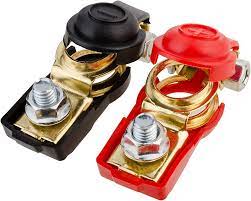
Consider replacing standard terminals with corrosion-resistant alternatives for added durability.
Maintaining clean and corrosion-free car battery terminals is a basic yet vital element of car upkeep. By following these procedures and adding routine inspections into your vehicle maintenance regimen, you can guarantee your car’s electrical system runs at optimal performance, extending the life of your car battery and eliminating unexpected problems. Taking the effort to care for your car battery terminals will pay off in the long run, allowing you to drive with confidence.


